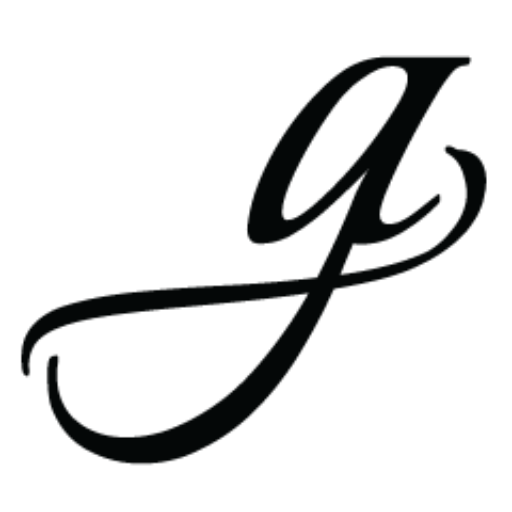Understanding Borrowing Rates in Canada
When discussing borrowing costs, it’s essential to recognize that the rates offered to consumers are influenced by a combination of factors—not just the Bank of Canada’s (BoC) overnight rate.
Bank of Canada’s Overnight Rate
As of May 2025, the BoC’s overnight rate stands at 2.75%. This benchmark directly influences the cost of capital between financial institutions—and by extension, the borrowing costs passed on to consumers and businesses. Changes in this rate act as a lever for economic activity, affecting everything from consumer mortgages to large-scale construction lending.
Bank Prime Rate
The prime rate is the rate that banks offer to their most creditworthy clients and use as a base for many retail lending products. It is typically set at a premium above the BoC’s rate. As of May 2025, the prime rate in Canada is 4.95%. This figure becomes the reference point for variable-rate mortgages, home equity lines of credit, and other consumer lending.
Variable vs. Fixed Mortgage Rates
Mortgage rates in Canada fall into two main categories—variable and fixed—each shaped by different inputs.
Variable Mortgage Rates
These are directly tied to the prime rate. A borrower might receive a rate quoted as “prime minus 0.95%,” resulting in an effective rate of 4.00%. These rates rise and fall with changes to the prime rate, making them especially responsive to shifts in monetary policy and broader economic sentiment.
Fixed Mortgage Rates
These are influenced by the yields on Government of Canada bonds of corresponding terms (e.g., 3-year, 5-year, 10-year). As of May 2025, 5-year fixed mortgage rates sit around 3.84%. Unlike variable rates, these remain constant throughout the mortgage term, offering predictability and stability.
What Is a Spread?
In lending, a spread is the difference between a bank’s cost of capital and the rate they offer to borrowers. For example, if the Bank of Canada’s rate is 2.75% and a 5-year fixed mortgage is offered at 4.75%, the spread is 2.00%. That spread compensates the lender for risk, overhead, regulatory capital requirements, and profit.
Lending Rate Stack: How Your Borrowing Cost Is Built
| Layer | Description | Rate (approx.) |
|---|---|---|
| BoC Overnight Rate | Cost of overnight institutional borrowing | 2.75% |
| Bank Cost of Funds | Internal bank funding costs (deposits, wholesale) | ~3.25% |
| Prime Rate (Variable Benchmark) | Retail base rate for best customers | 4.95% |
| Variable Mortgage Rate | Typically Prime – 0.95% | 4.00% |
| 5-Year Government Bond Yield | Basis for fixed mortgage pricing | ~3.30% |
| 5-Year Fixed Mortgage Rate | Offered rate to retail borrowers | ~3.84% |
| Commercial Lending Rate | Risk- and asset-specific term lending | 5.50%–8.00%+ |
Placement Fees and Hidden Costs
Beyond interest rates, borrowers should understand the fees associated with financing:
- Retail Mortgages: Placement or broker fees typically add 0.50% (50 basis points) to the transaction.
- Commercial Financing: Fees vary widely based on complexity, risk, and size. Expect anywhere from 0.50% to 2.00% (50 to 200 bps). On a $10M loan, that’s $50,000 to $200,000 in fees—often paid upfront or capitalized into the loan.
Implications for Developers and Homebuyers
Understanding how borrowing rates are constructed isn’t just academic—it’s strategic:
- Developers must monitor rate structures closely, as financing costs are a major input in development pro formas and risk models.
- Homebuyers need to choose between variable and fixed options based not only on affordability today, but also on expectations of future rate movements and personal financial stability.
In conclusion, borrowing rates in Canada are the result of a complex but logical stack of cost inputs and risk-adjusted pricing. By understanding each layer—from the central bank to the local broker—borrowers can better navigate one of the most consequential financial decisions they’ll make.
